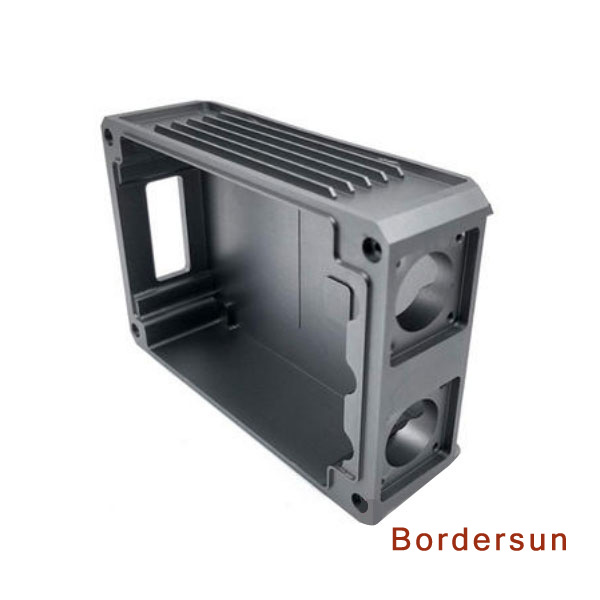Key information about CNC machining PA prototype
2024-03-19
CNC machining a prototype from PA (Polyamide) involves a slightly different process compared to machining metals like copper. Here's a general overview of the steps involved:
1. Design Preparation: Just like with machining copper, start with a detailed design of your prototype. Ensure precise measurements and specifications are included.
2. Material Selection: Choose the appropriate type of PA material for your prototype. PA is a type of thermoplastic commonly known as Nylon. There are different grades of PA available, each with its own set of properties such as strength, flexibility, and heat resistance. Select the grade that best suits your application requirements.
3. CNC Programming: Create a CNC program based on your design using CAM software. This program will include instructions for the CNC machine to follow in order to shape the PA material into the desired prototype.
4. Setting Up the CNC Machine: Mount the PA material securely onto the CNC machine's worktable. Ensure proper alignment and fixation to prevent movement during machining.
5. Tool Selection: Choose cutting tools suitable for machining PA. Carbide or high-speed steel (HSS) tools are commonly used for cutting thermoplastics. It's important to select tools designed for cutting plastics to achieve the best results.
6. Machining Parameters: Set cutting parameters such as spindle speed, feed rate, and depth of cut based on the properties of PA and the requirements of your prototype. Since PA is a thermoplastic, it can soften and melt if machined at too high temperatures, so moderate cutting speeds and feeds are often recommended.
7. Machining Process: Run the CNC program to start the machining process. The CNC machine will follow the programmed toolpath to remove material from the PA stock and create the desired prototype shape.
8. Quality Control: Regularly inspect the prototype during machining to ensure dimensional accuracy and surface finish meet your requirements. Adjust machining parameters if necessary to achieve the desired results.
9. Finishing Operations: After rough machining is complete, you may need to perform additional finishing operations such as deburring, sanding, or polishing to improve the surface quality of the prototype.
10. Final Inspection: Thoroughly inspect the prototype once machining and finishing operations are complete to ensure it meets all specifications and quality standards.
By following these steps, you can CNC machine a prototype from PA with precision and accuracy, taking into account the specific properties of the material and your project requirements.



